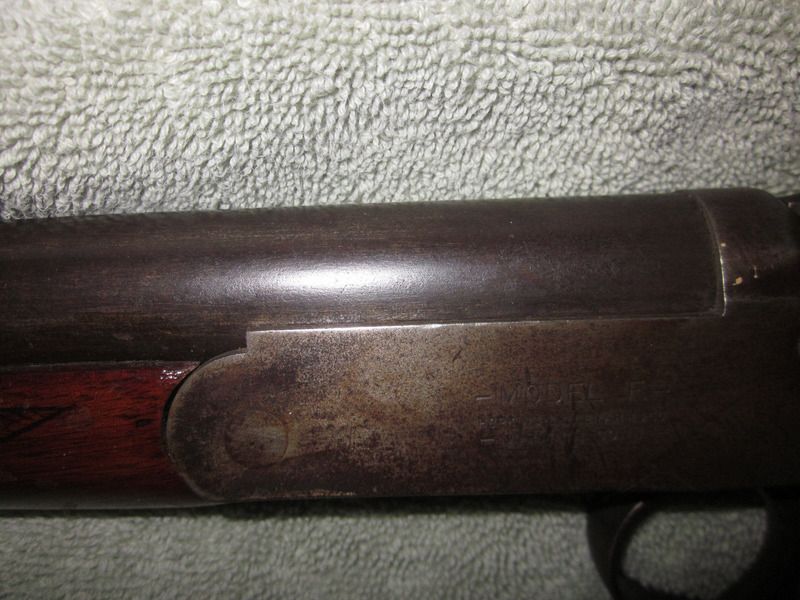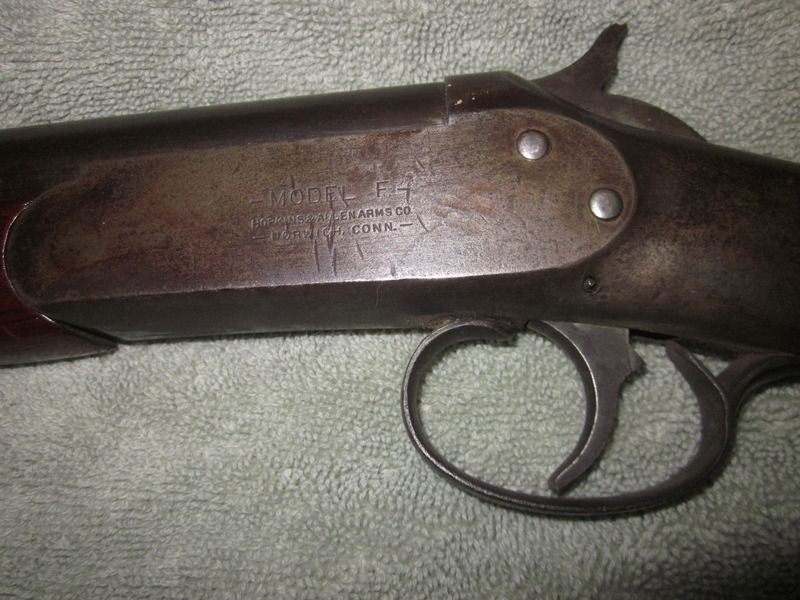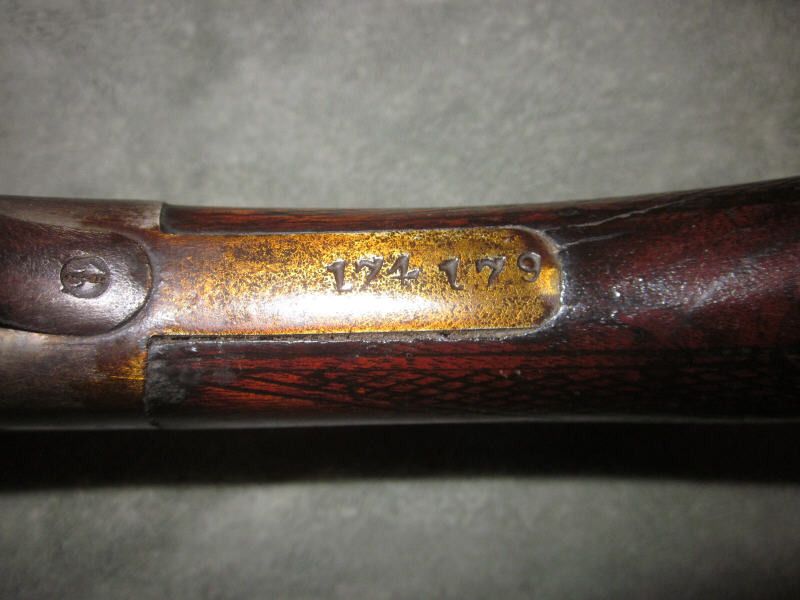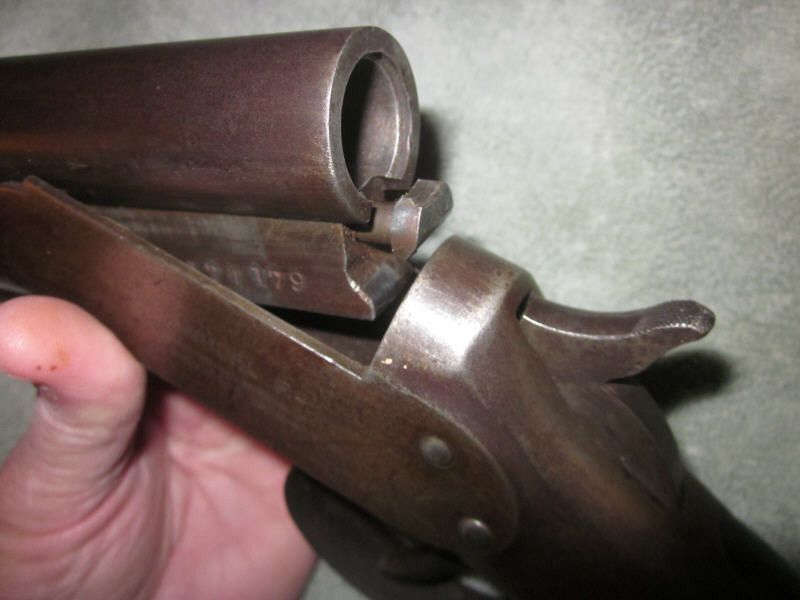I have had for quite a while an old single shot lever break Hopkins and Allen Model "F" (apparently like every third person on the planet). It has a 6 digit serial number of 17417X. the last digit is not clearly readable, it's a bit light. A family weapon, like all the others seem to be, and appears to be 16 ga, based on the breech size, it is not marked for gauge. I have NOT fired it, personally, but family members have, years ago. I have no details on what was or was not done, and they are not available to ask.
It is marked "Hopkins and Allen Arms", and the serial is marked behind the trigger guard and on the barrel hook.
I'd have it looked at before using it, but what I want to find out is if that is even worth it. If a wrapped or long seam type, it's going on the wall, but if it is a solid barrel, I'd have it looked at.
A family member who is retired from being a gunsmith (had federal license) looked it over and says it is in functional shape, with no visible defects to preclude firing it. But, he doesn't know much about H & A, and mostly worked on pistols and black powder rifles, so he had no particular opinions about its use.
I have read up on these from internet sources. Opinions on these seem to be all over the map
Some say these are too dangerous to fire, ever, and direct the owner to permanently disable the lock and hang it on the wall. They say all of them are "wrapped and hammer welded strip" barrels, and should never be fired.
Others say some are and some are not.
Some say they are fine with a proper length cartridge.
So... given the range of things said on the internet, I have no idea. Is there a way to determine what the real story is? I'd have thought that the serial and markings would give an indication, but it's a different format from the ones mentioned in many of the threads I found, and apparently H & A records were not preserved so that may not be any help at all.
I happen not to have any other shotguns, so......? I wouldn't bother to buy a shotgun, (we are more of fast-draw pistol shooters) but if this was fireable, I would use it.
Can it be determined from he markings (which may date it) or otherwise what sort of barrel it has? And from that, what (if any) sort of load it was intended to use?
It is marked "Hopkins and Allen Arms", and the serial is marked behind the trigger guard and on the barrel hook.
I'd have it looked at before using it, but what I want to find out is if that is even worth it. If a wrapped or long seam type, it's going on the wall, but if it is a solid barrel, I'd have it looked at.
A family member who is retired from being a gunsmith (had federal license) looked it over and says it is in functional shape, with no visible defects to preclude firing it. But, he doesn't know much about H & A, and mostly worked on pistols and black powder rifles, so he had no particular opinions about its use.
I have read up on these from internet sources. Opinions on these seem to be all over the map
Some say these are too dangerous to fire, ever, and direct the owner to permanently disable the lock and hang it on the wall. They say all of them are "wrapped and hammer welded strip" barrels, and should never be fired.
Others say some are and some are not.
Some say they are fine with a proper length cartridge.
So... given the range of things said on the internet, I have no idea. Is there a way to determine what the real story is? I'd have thought that the serial and markings would give an indication, but it's a different format from the ones mentioned in many of the threads I found, and apparently H & A records were not preserved so that may not be any help at all.
I happen not to have any other shotguns, so......? I wouldn't bother to buy a shotgun, (we are more of fast-draw pistol shooters) but if this was fireable, I would use it.
Can it be determined from he markings (which may date it) or otherwise what sort of barrel it has? And from that, what (if any) sort of load it was intended to use?





